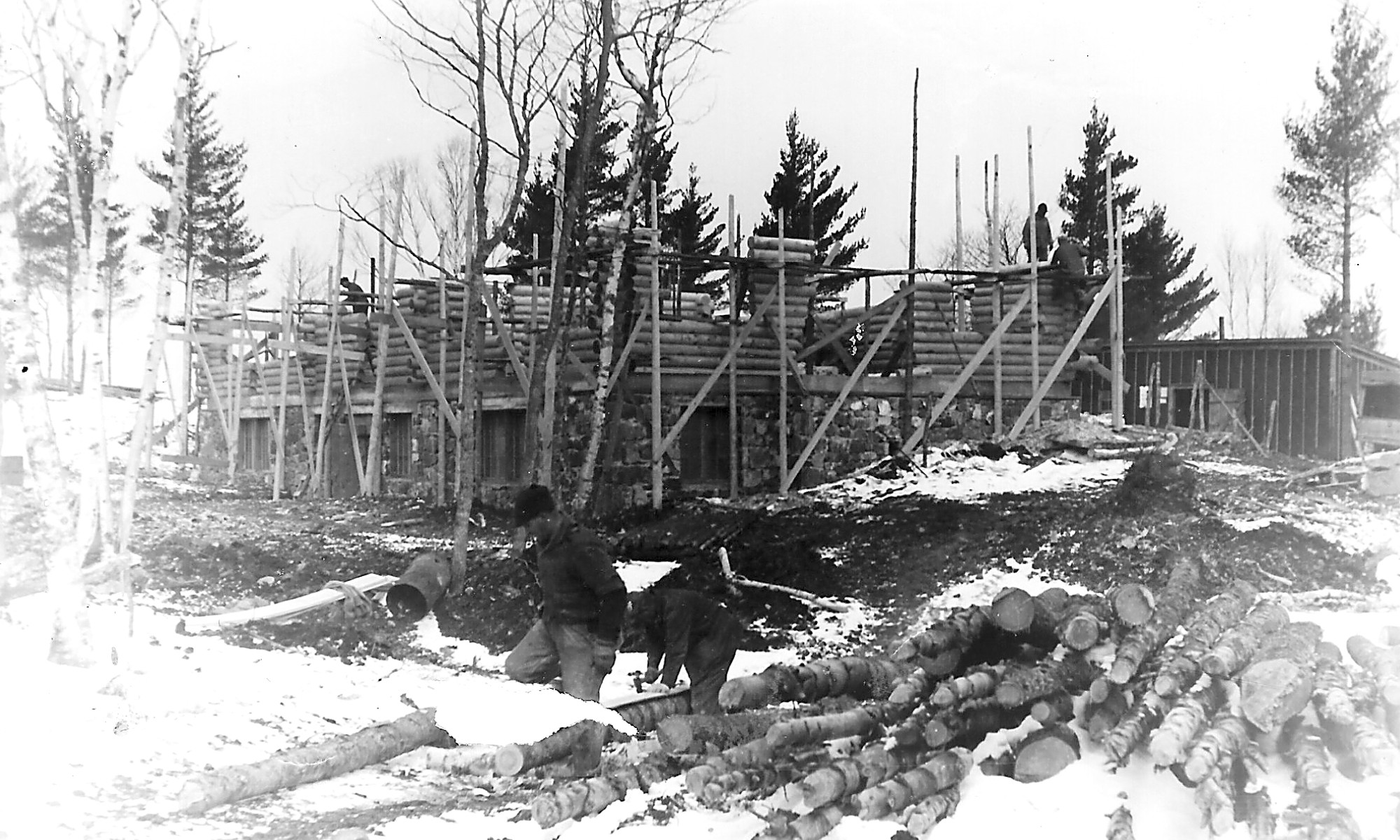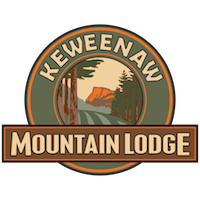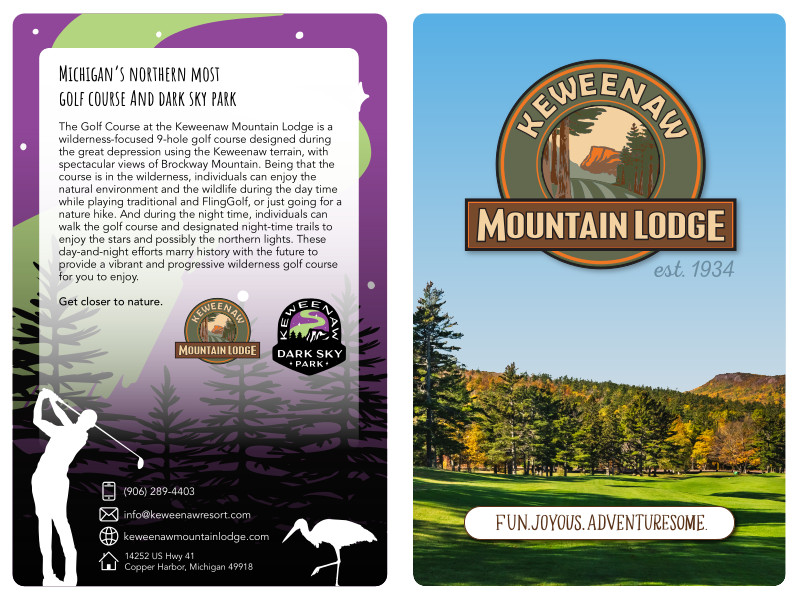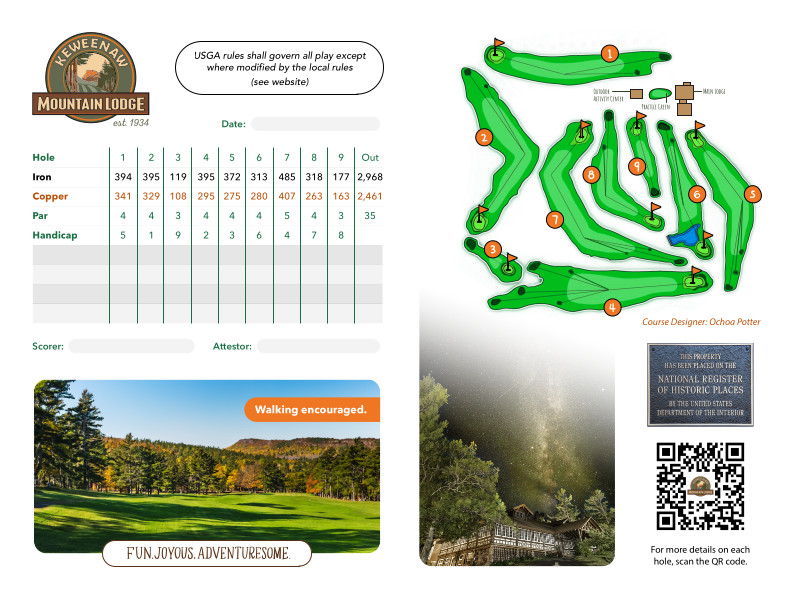“We are a historic wilderness golf course — not a golf course in the wilderness.”
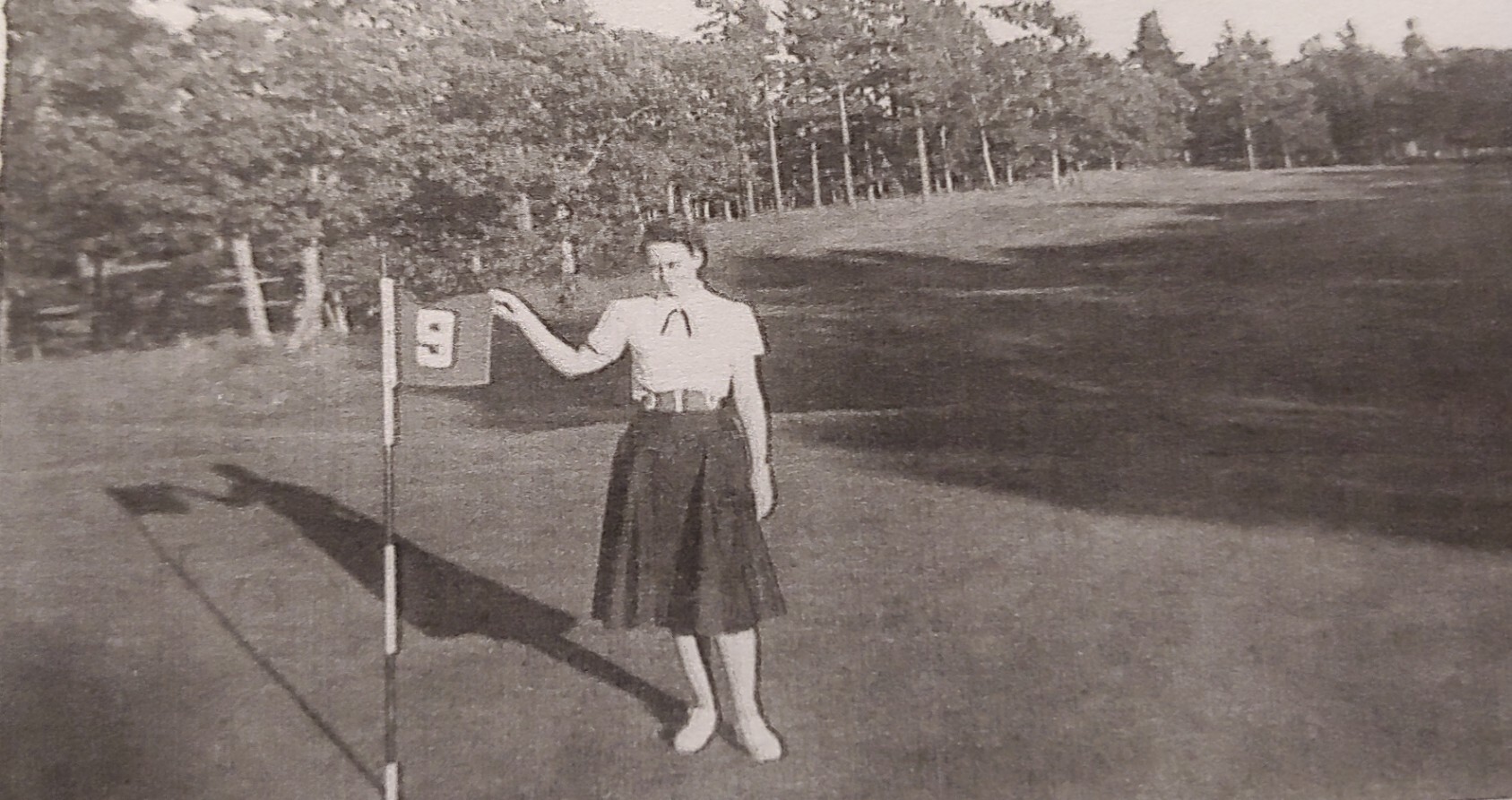


You will hear us say this when we explain the golf course at the Lodge. This means so many things, that it is best to provide this page for you to learn more about what this means.
We open the golf course each year on June 1st and close the course on October 15th.
We let nature tell us what needs to be done to provide playing conditions for golfers. We balance golf playing conditions with what nature provides us at any giving day, week, month, season.
Golf is only part of our outdoor activities at the Lodge, it is not out primary focus like it was when the county owned and ran the Lodge. The KML is a historic resort at the top of the Keweenaw where lodging is supported by outdoor activities, rustic worldly food, and education. We provide access to multiple outdoor activities — golf being just one of those outdoor activities.
We marry history with the future, which leads to a vibrant and progressive present. We are bringing back wooden flag sticks. We will be putting in place a rental program for hickory sticks. However, we provide tempo walks (robo-caddy) and silent carts (electric EZ-GO).
The fairways are bumpy and have vegetation that would be called a “weed” on other golf courses. But we think the being in nature and then we let them grow.
The greens might not be as fast as your home course, and might have some imperfections as we do not use as much chemicals on the course.
Greens
We measure our greens each week / month on a stimpmeter. Our goal is to have the greens running around 7-7.5. You might be accustom to 8, 9, 10, 11, or even 12 greens. We don’t do that as we are a wilderness golf course, and cutting greens to a lower height is not what nature allows us to do — other golf courses in other areas will use chemicals to make sure that they don’t have disease on their greens when they cut that short. We cut at 3/16″. Urban golf courses cut their greens at `1/8″ or lower.
We are intentional in the speed of the greens, marrying history with the future. We focus on consistency between greens and smoothness.
The speed of the greens in the 1930s, 1940s, 1950s, and 1960s would be around 4-6 on the stimpmeter.
What is the stimpmeter speed of your greens at your home course?
Use the putting green to adjust your feel before starting the round. This will get you more into the frame-of-mind of playing our golf course.
Slower greens, based upon what nature can provide us, but faster than what they were in 1930s when the course was built; we are more concerned with the consistence of the speed of the greens between the greens rather than the speed. And the smoothness of the roll of the ball on the green. Our speed goal is between 6-8 on the stimpmeter which is considered average to semi-fast. Golfers can adjust to the speed, but can’t adjust to the bounces.
Fairways
Before the mid-1990s, there was no watering of the fairways. The fairway watering system was added mid-1990s, by oil drilling company, not a golf course irrigation system installer. So the pipe are much larger than a normal golf course.
Our rough we don’t water, and we keep it higher than normal. Our fairways have “Weeds” in them — clover, dandelions, and more — vegetation other than our normal Kentucky bluegrass strain of grass.
As a result we don’t do wall-to-wall green / watering. Very specific areas are watered. We pull water from a 200ft well next to the pond on hole 6, and 1-1.5 miles away from Lake Superior.
Tee Boxes
Tee boxes are primarily flat but will have weeds in them.
Not much earth was moved when the golf course was built in the 1930s. On a lot of rock. And if that rock gets hot, we can’t grow grass as the roots will be scorched.
Over all it is about our fun.joyous.adventuresome focus that we want to provide for you as an experience during your visit to KML while living in the present of history at the Lodge
- Audubon Society
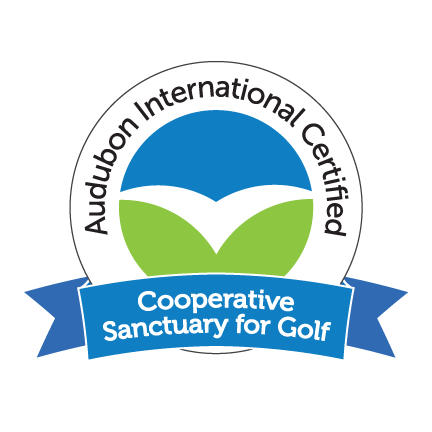
Notes:
“The first golf course in the United States was Oakhurst Links, built in 1884 in White Sulphur Springs, West Virginia. It was originally a six hole track which was later expanded to nine holes. Oakhurst was the first course and golf club in the United States.”
